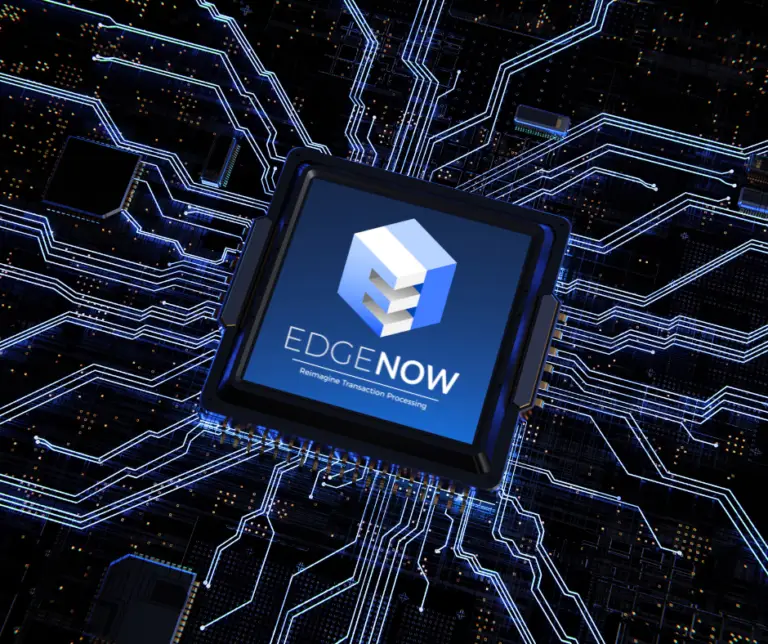What is the Difference Between a Terminal Driver, a Transaction Processor, and a Switch?
When an ATM user withdraws cash from an account, makes a deposit, or performs another transaction, such as making a payment from their banking account, several related components come together to make that digital transaction happen. The ATM must be able to connect to a banking network, something has to deliver information about the transaction that the user is making, and something must ensure that the transaction occurs between the correct financial institutions, regardless of payment method. Similarly, digital tools are necessary to ensure customers can pay a merchant from their bank account.
Sometimes people use terminal driver, transaction processor, and switch interchangeably to refer to differing bits of technology that help make ATM and digital payment transactions happen. How are these similar or related technologies different? Read on to learn the definitions.
What is a Terminal Driver?
A terminal driver is the combination of software and service that allows an ATM its functionality. Terminal drivers provide the interface software, configuration, and connection service that power an ATM. When someone accesses an ATM and moves through the screens and prompts to make a transaction, that is the terminal driver at work! ATMs driven by Edge One use the state-of-the-art Activate Enterprise software for superior functionality.
What is a Transaction Processor?
If a terminal driver is what sets up an ATM and allows it to work, what is a transaction processor? What is transaction processing?
Transaction processing, or ATM processing, is the functionality that checks the funds and authority of a transaction by connecting to the banking networks. For example, when a user makes a withdrawal transaction at the ATM, the transaction processor connects to the banking network to see if the funds are there and determine if the card, or other access method, is authorized to complete the requested transaction. This validation process happens instantly, but there is data and processing power behind it.
What is a Switch?
A payment switch is a software device that routes transactions across banking networks and financial institutions to facilitate digital payments. Switches receive payment transaction requests from customers. When a customer makes a payment, the switch assesses the payment details and decides which payment gateway will carry the transaction. A payment gateway handles the encryption of a customer’s payment method information and requests validation. The switch collects the data from payment gateways and digital payment processors to log the occurring transactions. Payment switches are critical for businesses and financial institutions that see a high volume of transactions. Some payment switches route millions of transactions every day. Those transactions mean millions of connections between many bank accounts and banking networks. It would be impossible to securely and efficiently facilitate such a massive exchange of information without a payment switch.
Edge One Makes Terminal Handling and Transaction Processing Easier
Edge One offers a comprehensive processing and connection solutions suite to facilitate ATM and payment transactions. Make Edge One your single banking platform vendor for the highest degree of efficiency, security, and reliability.
Let Us Simplify All of This for You
Banking technology subject matter experts are here and ready to help with everything involving transaction processors, terminal drivers, and payment switches. Reach us at 800-423-3343 (EDGE) to speak with a fintech consultant about the capabilities of our comprehensive banking platform and what it could do for your financial institution.

